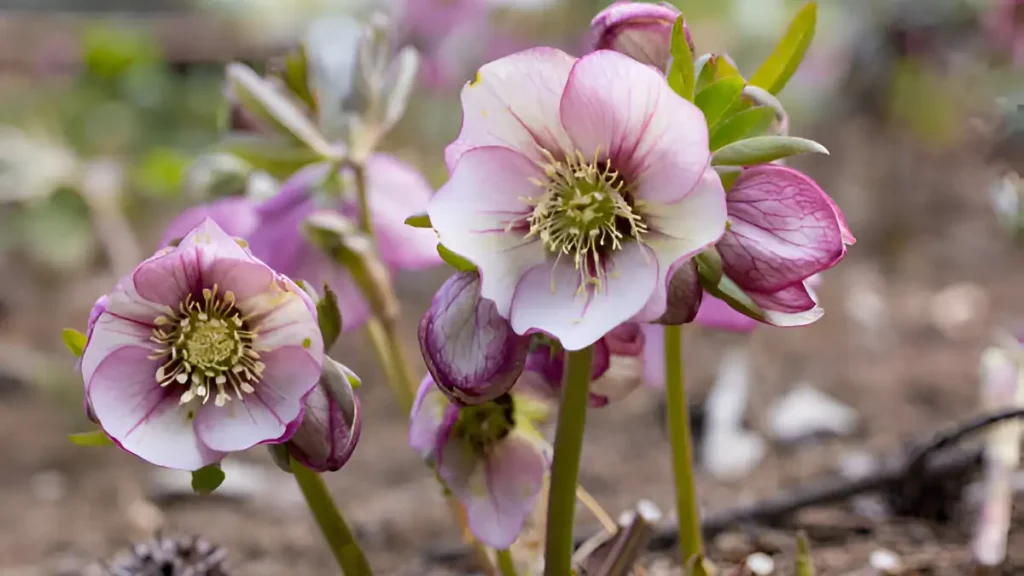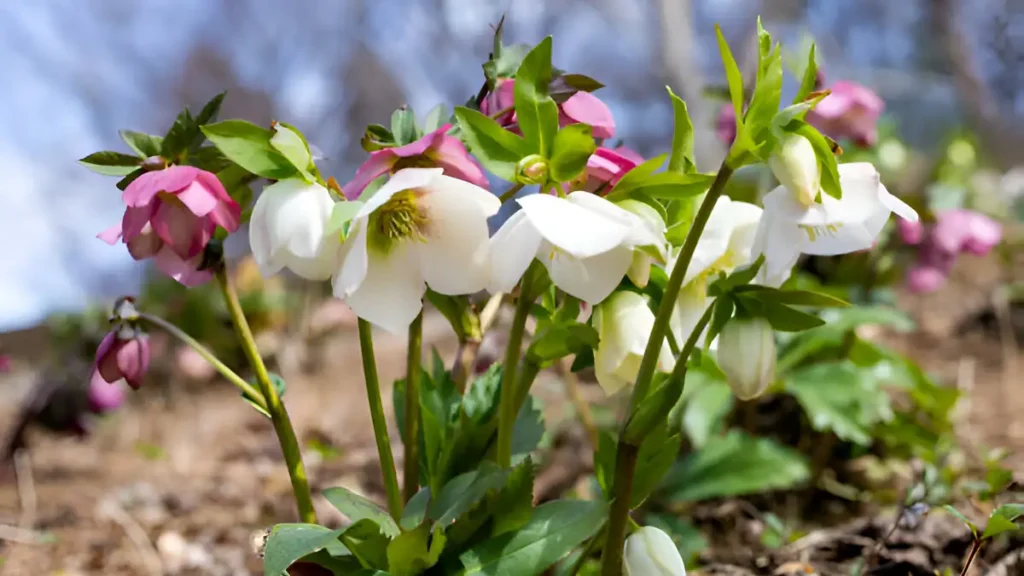Beautiful perennial plants, hellebores, often called Lenten roses, are appreciated for their evergreen leaves and early spring flowers. Propagating hellebores by seed or by division, although division is the more dependable technique. To divide hellebores, established clumps must be carefully split in the early spring or fall, making sure that each piece has roots and shoots. Although it is possible to develop from seed, the process can be longer and the resultant plants might not be exactly like the parent. Through propagation, gardeners may increase the number of hellebore plants in their collection and continue to enjoy these hardy, shade-loving blooms every year. Discover how to propagate hellebores and which approach may be ideal for you.
Understand when to propagate hellebores:
The optimum times to propagate hellebores are usually after they have ceased blooming, in early fall or late winter. The most popular technique is division, which is best carried out when the plant is either dormant or has just started to develop anew. Carefully remove the plant, split the clumps, and transplant in a soil that drains properly. The best time to plant is in the early fall so that the roots can take hold before winter and promote stronger development the following spring.
Here’s a quick guide on how to propagate hellebores from cuttings:
- Remove the plant with caution, being cautious not to damage the roots.
- Divide the root clump into pieces, making sure each has healthy roots and shoots, using a clean, sharp knife or spade.
- The divisions should be planted again in soil that drains well, carefully watered, and kept in a shady spot.
- Make sure the divisions are properly irrigated, but not soggy. It should take them a few weeks to establish themselves.

This is a brief tutorial on how to propagate hellebores from seed:
- The best times to collect hellebore seeds are usually in late spring or early summer. When the seed pods are ready, they will begin to turn brown and break open. Gather the seeds as soon as the pods are completely developed. Hellebore seeds lose viability rapidly, therefore it’s preferable to sow them as soon as possible.
- Well-draining, humus-rich soil with a pH of between slightly alkaline and neutral is preferred by hellebores. Because hellebores like their shade, pick a spot that receives partial to full shade. Use a combination of seed compost and perlite when beginning seeds in pots to ensure proper drainage.
- Plant the seeds on the earth’s surface, then softly cover them with a 0.5 cm layer of compost or dirt. To give the seedlings space to grow, space them approximately an inch apart.
- In the late summer or early fall, sow them outside in a shaded area. Allow children to experience winter as it is in nature. Alternatively, if starting inside, keep the pots in a chilly spot (such as a refrigerator) for six to eight weeks before moving them to a warmer spot, such as 15 to 18°C/59 to 64°F.
- Don’t overwater the soil; just keep it damp. During the germination stage, it’s critical to keep the seeds moist.
- Be patient—it might take 6 to 18 months for hellebores to germinate. For some, it could even take two years!
- Transplant the seedlings into their intended location once they have grown to a size that can be managed and have established a robust root system, which can take up to two years.

Conclusion:
The satisfying process of propagating hellebores enables gardeners to increase the number of these exquisite, shade-loving plants in their collection. The two main techniques, seed propagation, and division, each have their benefits. While seed propagation offers more genetic variety and the possibility of producing new types, division guarantees faster results with perfect clones of the original plant. Gardeners may successfully reproduce hellebores and enjoy their gorgeous blossoms for years to come by providing the correct circumstances, which include well-drained soil, moderate shade, and patience. These instructions teach you how to propagate hellebores.
Certainly! If you’d like to learn more, please consider following our WhatsApp Channel: Harvest Gardening
A frequently asked questions:
Q1: How do you multiply hellebores?
A1: Fresh roots, a portion of the rhizome, and leaves should all be present in each intended division. Cut through the rhizome at the appropriate locations with a long-bladed, sharp knife, and then gently separate any entangled roots. A split hellebore plant can produce two or ten separate plants.
Q2: Can you collect seeds from hellebores?
A2: Yes, hellebores are good places to gather seeds. When the seed pods mature and become brown, harvest them gently before they burst open.



